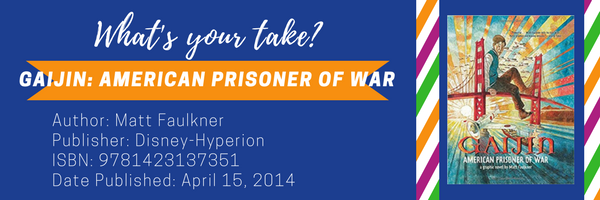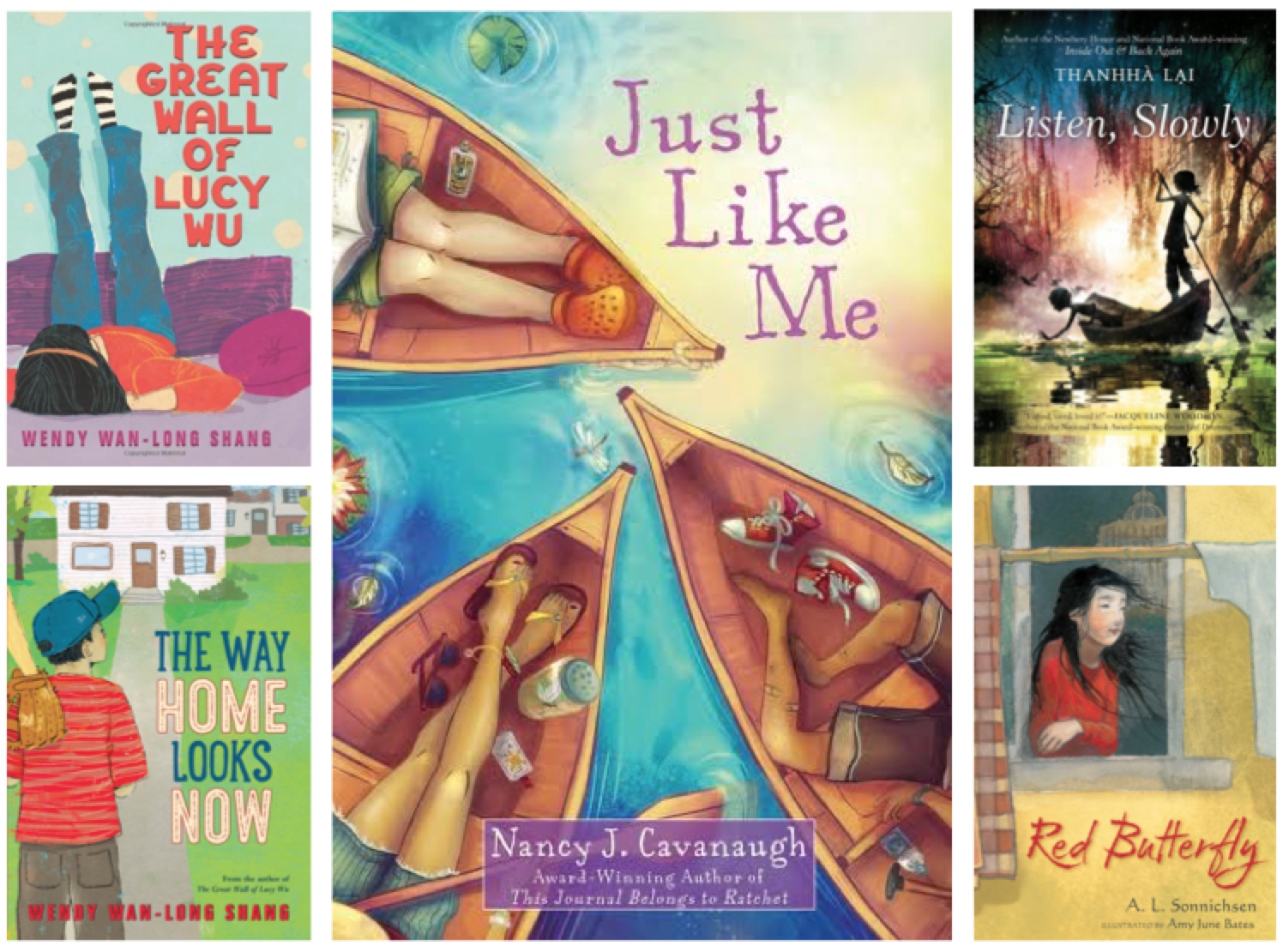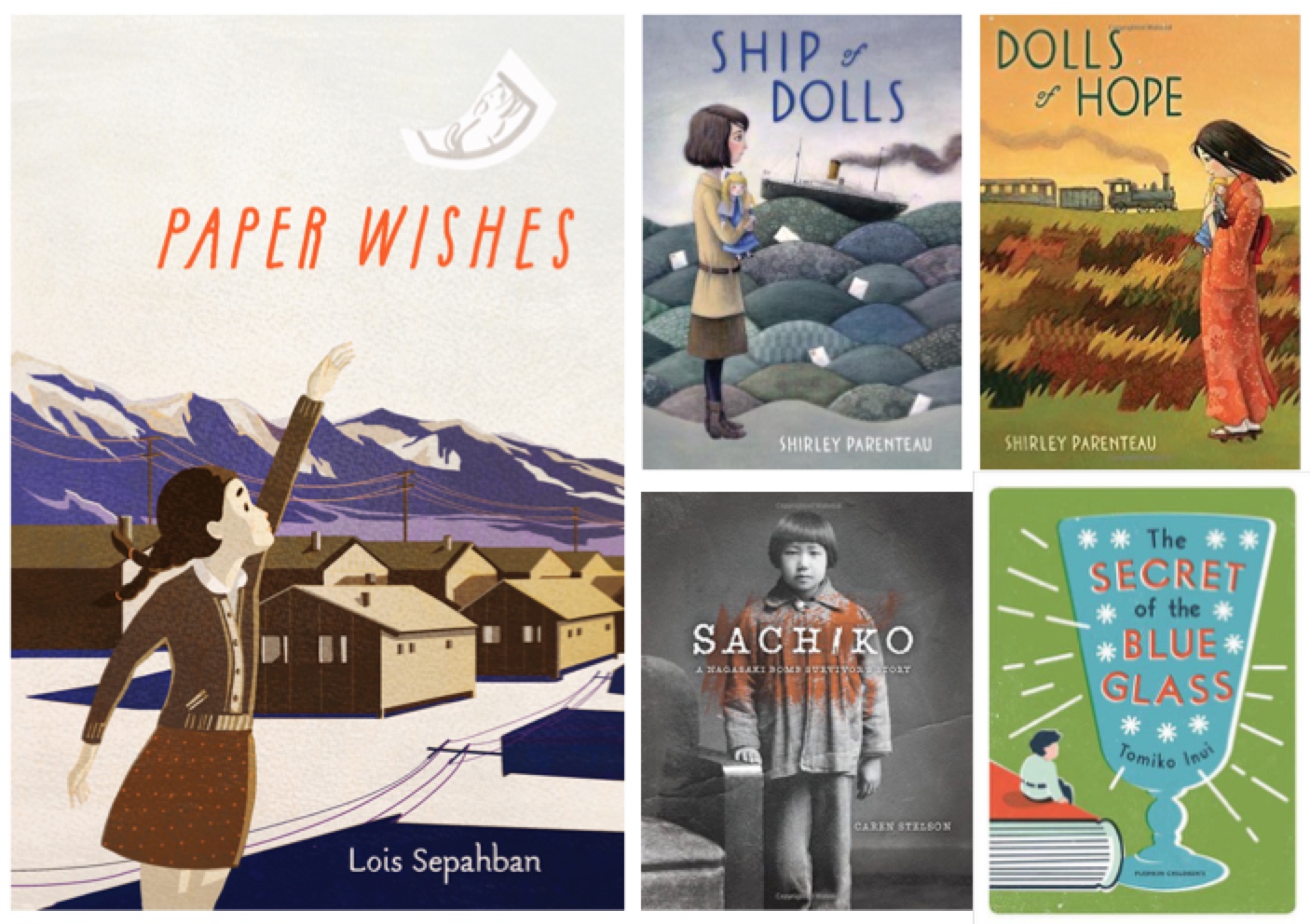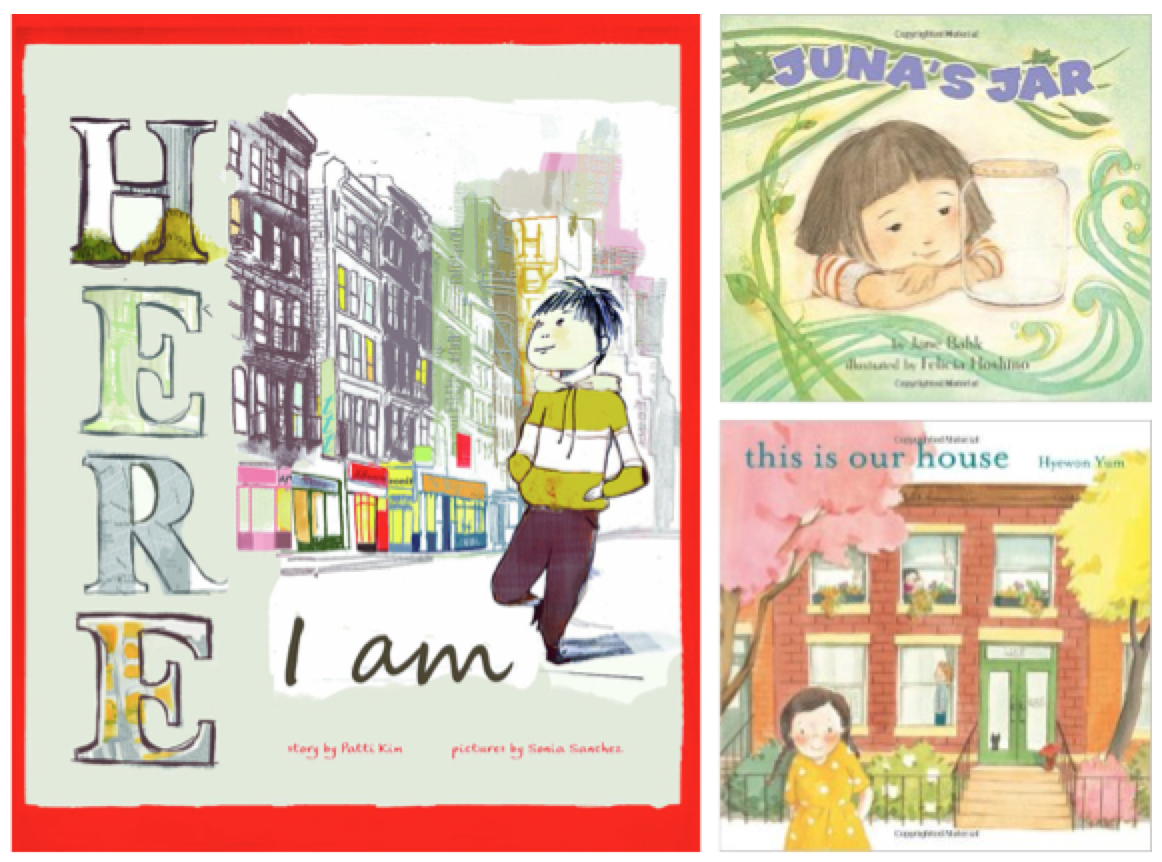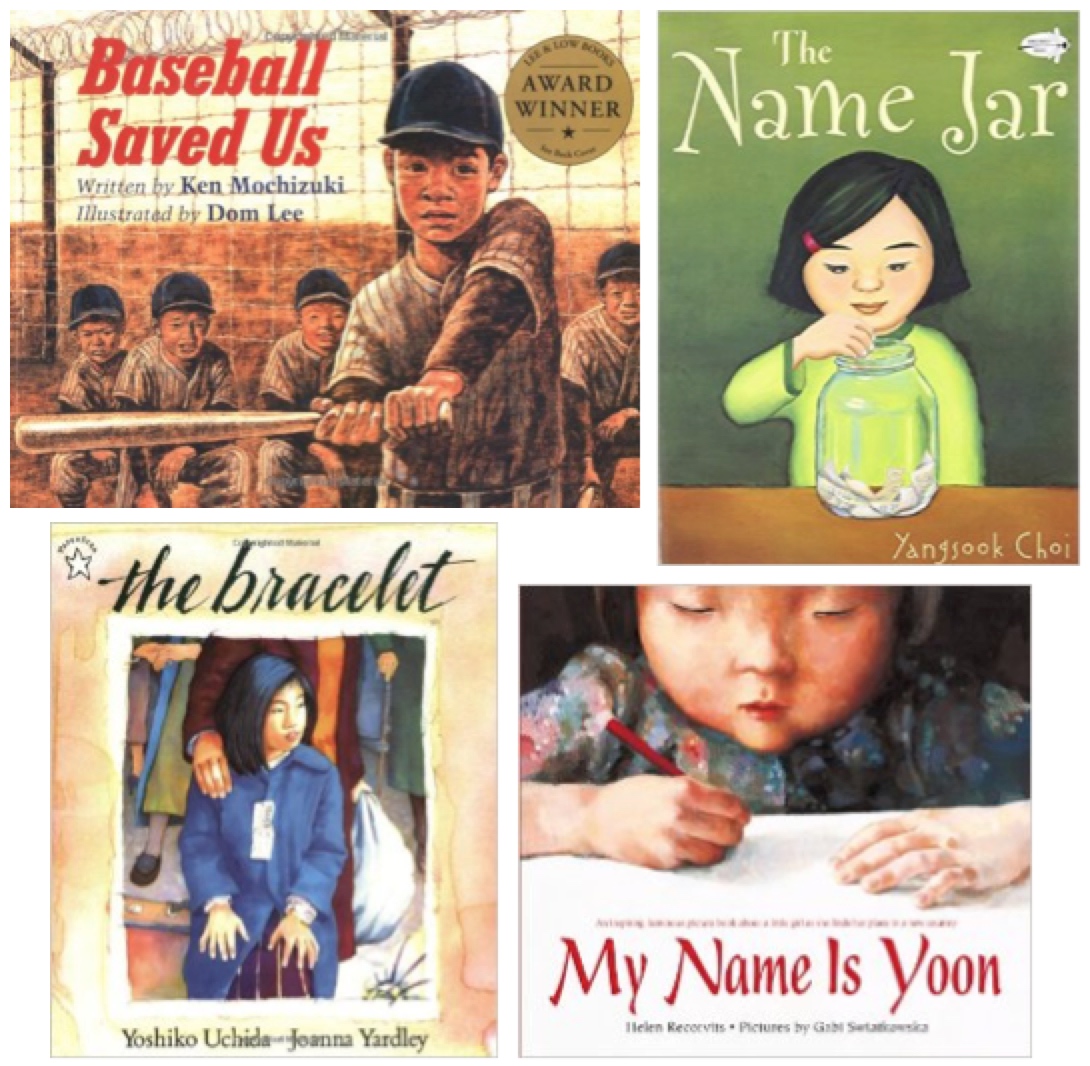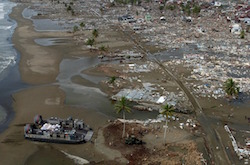Continuing the conversation around “Rethinking conceptual otherness in history: Exploring untold histories in the U.S. and global communities,” Michele Ebersole and Yoo Kyung Sung give their takes on Gaijin: American Prisoner of War by Matt Faulkner. They began the discussion with A Diamond in the Desert by Kathryn Fitzmaurice and Bronze and Sunflower by Cao Wenxua. Next week, they will discuss Lion Island: Cuba’s Warrior of Words by Margarita Engle.
Yoo Kyung Sung


Transnational Authors’ Cultural Backgrounds and Further Reading
By Yoo Kyung Sung, University of New Mexico,
and Junko Sakoi, Tucson Unified School District
Throughout this past month we have looked at trends in transnational Asian children’s books. Further, we have discussed new transnational authors that expand cross-cultural peer relations in books and give voice to stories beyond traditional folklore. To wrap up the month of October, we present contemporary Korean and Japanese authors with books released in the U.S. These lists include authors that we have mentioned this month and some that we have not. Each name links to the author’s website, where you can find their books, the authors’ cultural backgrounds and other connections.
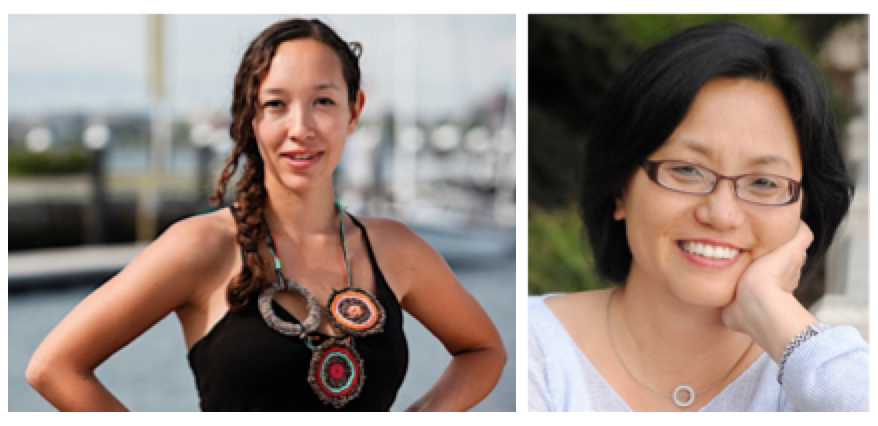
Katrina Goldsaito, left, is a new Japanese-American author who lived and wrote in Japan. Linda Sue Park, right, is the first Korean-American author to win the Newbery Award.

New Transnational Authors of Children’s Books
By Yoo Kyung Sung, University of New Mexico,
and Junko Sakoi, Tucson Unified School District
This week, we discuss new patterns in portraying additional U.S. Asian groups in books by new transnational authors. Like books about Korean and Japanese people and cultures, we observed new themes and perspectives that differ from previous Asian-American books in the ’90s and 2000s. We wondered how such new insights and experiences came to be available for young readers. One big change we’ve observed is the growth of new career authors and illustrators who have different stories to tell compared to previous decades’ stories.

New Trends in Transnational Japanese Children’s Books
By Junko Sakoi, Tucson Unified School District,
and Yoo Kyung Sung, University of New Mexico
This week we discuss newly published children’s literature in the U.S. about Japanese and Japanese-American people in global contexts. Three patterns emerge when we consider the new trends in transnational Japanese children’s books: 1) little-known historical events between Japan and the U.S., 2) transnational children’s and teen’s journeys across time and space, and 3) children’s experiences in universal and cultural contexts.

New Trends in Transnational Korean Children’s Books
By Yoo Kyung Sung, University of New Mexico,
and Junko Sakoi, Tucson Unified School District
Most of the stories of Korean-Americans and Korean immigrants are products of the ’90s and 2000s. Ae-Kyung’s Dream (1988) by Min Paek is the only picture book of a Korean immigrant child’s story published in the 1980s. Picture books and chapter books of U.S. Korean groups present different experiences and stories of immigration and integration. The majority of transnational Korean children’s books are either exploring new immigration experiences or following Korean-American children’s journeys of developing their bicultural identities (Sung, 2009).

New Trends in Transnational Asian Children’s Books
By Yoo Kyung Sung, University of New Mexico,
and Junko Sakoi, Tucson Unified School District
A couple of weeks ago, I (Yoo Kyung) celebrated a student’s cross-departmental achievement. At the dinner in honor of this achievement, the strawberry ice cream prompted those at my table to share their “favorite” things. With my reputation as a teacher of children’s literature courses at a local university, my table-mates asked what my five favorite children’s books were. Then someone asked me, “Do you think children’s books in this country are getting better or worse?”

Community Outreach Literacy Practices After the March 2011 Earthquake
By Yoo Kyung Sung, University of New Mexico,
and Junko Sakoi, Tucson Unified School District
Last week we explored a range of Japanese picture books describing natural disasters. The books became significantly meaningful to children in Japan when the earthquake of 2011 occurred. Allowing time for thinking and talking about the earthquake through picture books developed even more meaning outside of school. Social outreach programs thru mobile libraries were essential for young readers as they, in part, ameliorated the effects of the earthquake for children who lost their schools and access to books. We’d like to explore the traveling library as a type of Japanese cultural artifact that will continue to be important in its future. Continue reading

Japanese National Trauma: Changing Trends in Japanese Picture Books Since the Tohoku Earthquake
by Yoo Kyung Sung, University of New Mexico, Albuquerque NM & Junko Sakoi, Tucson Unified School District, Tucson AZ
“March 11th, 2011, a 9.0 magnitude earthquake takes place in Tohoku area including Fukushima, Iwate and Miyagi, 231 miles northeast of Tokyo at a depth of 15.2 miles. The earthquake causes a tsunami with 30-foot waves that damage several nuclear reactors in Fukushima. It is the fourth-largest earthquake on record (since 1900) and the largest to hit Japan… The confirmed death toll is 15,893 as of October 9 2015” (CNN Library, 2015).
The Japan Tohoku earthquake resulted in global environmental concerns despite the fact that earthquake originally appeared to be a limited “Japanese” event. Continue reading

Natural Disasters: What Should Children Learn?
by Yoo Kyung Sung, University of New Mexico & Junko Sakoi, Tucson Unified School District
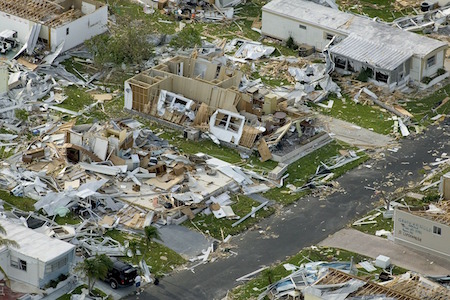 This month we will discuss social meanings inherent in children’s literature, specifically addressing some recent global and national natural disasters that resulted in the heavy loss of human life as well as the destruction of homes.
This month we will discuss social meanings inherent in children’s literature, specifically addressing some recent global and national natural disasters that resulted in the heavy loss of human life as well as the destruction of homes.

Russia Was Always There!: Reading World History through Russia Connections
by Yoo Kyung Sung, University of New Mexico, Albuquerque, NM
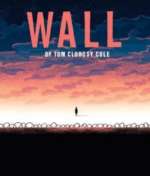 Language binds the past to the present. With the advent of high-tech, wireless devices that is even more evident as people interact in new and unique ways reflecting rapid evolution in language. New words are born every day while other words slip into obscurity. In many ways, everyday language becomes a “fashion” as it mirrors social changes, trends, and contemporary issues. Historically linked language became really evident to me some weeks ago when I was watching a Korean reality show. An actor in his late 40’s used the word “Soviet” in place of Russia. When hearing this, other participants teased him as a veteran of the Ice Age. Continue reading
Language binds the past to the present. With the advent of high-tech, wireless devices that is even more evident as people interact in new and unique ways reflecting rapid evolution in language. New words are born every day while other words slip into obscurity. In many ways, everyday language becomes a “fashion” as it mirrors social changes, trends, and contemporary issues. Historically linked language became really evident to me some weeks ago when I was watching a Korean reality show. An actor in his late 40’s used the word “Soviet” in place of Russia. When hearing this, other participants teased him as a veteran of the Ice Age. Continue reading

